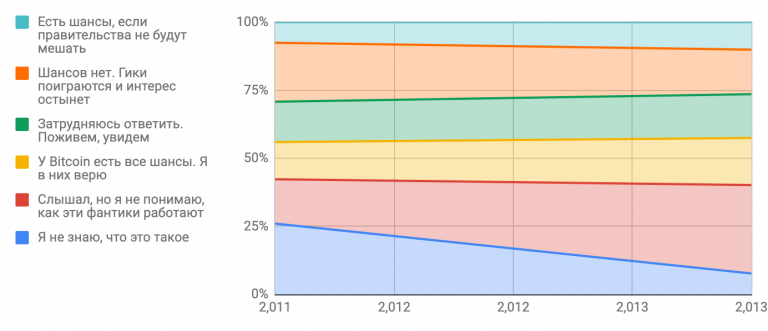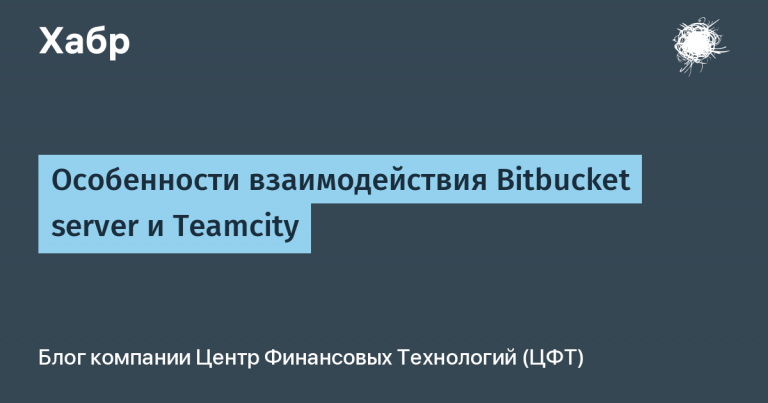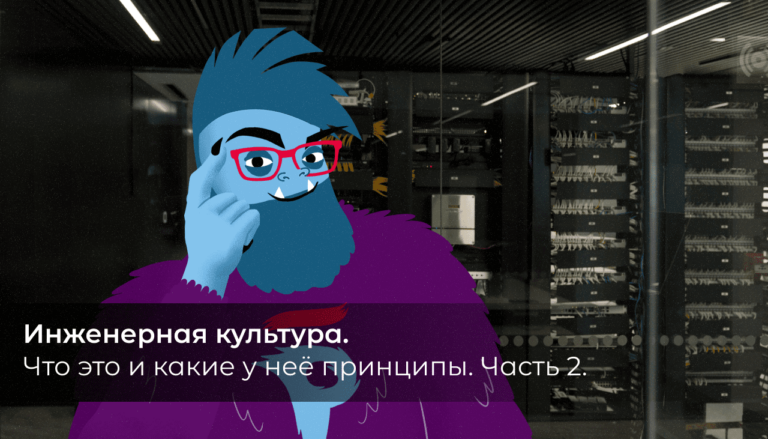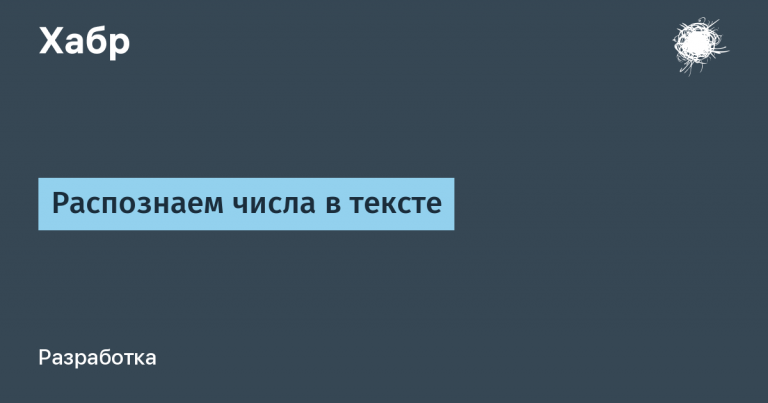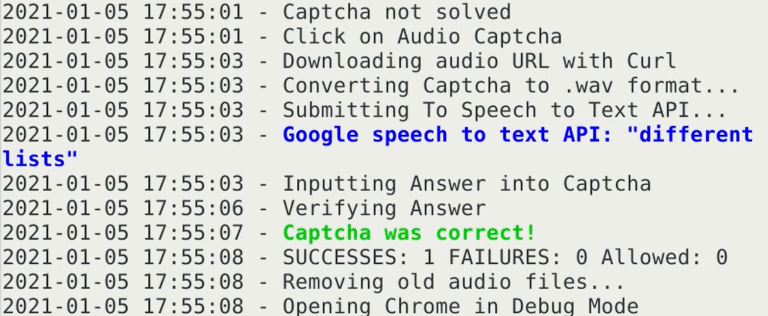How to use the Pareto principle effectively

Pavel Olifir
Specialist at the Database Development Expertise Center
Pareto's Law (also known as the Pareto Principle/Method or the 80/20 rule) is one of the most famous efficiency rules that everyone has been talking about for decades. Briefly it sounds like this: “20% of efforts give 80% of results and vice versa.”
According to this rule, they try to organize teams, develop applications, learn English – do almost everything they can get their hands on. And very often it does not work because it is followed incorrectly. In this article I will tell you what to do to make the Pareto principle work.
The 80/20 rule is about prioritization
The Pareto principle is a fundamental thing that underlies Agile, Kanban boards, the Eisenhower matrix and other planning methodologies and tools. This is because its essence is not in numbers, but in the idea: “You need to concentrate on the main thing and perform first those tasks that bring maximum results.”
In my opinion, strictly speaking, this is not even an independent tool, but one of the steps in task planning – when we do not necessarily eliminate something step by step, but postpone, delegate, reduce in order to get the maximum out of the project.
What does this look like in practice?
We have several dozen tables that store data, we need to process and update them regularly. But the technical process is not rubber, and we cannot process everything at once.
How I solved the problem:
- I studied all the tables and found out that approximately 17% of the tables form the main load: more calls are made to them, more data is accumulated in them.
- I set the processing of these tables as a priority, rebuilt the algorithm so that the data inside these tables was processed first, and only then in the remaining ones, if there was enough time and resources.
- I analyzed the result and saw that by processing these 17% of tables, we solve 80% of all issues. And 20% is no longer critical. As a result, the efficiency of the process has increased.
- We process the remaining tables in our free time.
For example, Elon Max did the same thing when he cut 80% of Twitter staff, but at the same time retained the functionality of the application.
Contrary to popular belief, the Pareto principle is not suitable for everyone
In some cases, optimization is harmful: when it is important for us to give a choice or when tasks are divided at best into “important”, “very important” and “critical”. I will give two simple examples.
Let's imagine that we are a store. We have a large assortment of milk: Prostokvashino, House in the Village, Cheerful Milkman, and a couple more from small farm shops. The first brings us the most income. According to the Pareto Law, we can remove the remaining four positions, not spend money on their purchase and storage – and at the same time almost lose no profit. But a person needs a choice. And if we leave one type of milk, we will lose all the customers who for some reason do not like Prostokvashino. And at the same time, we will alienate new clients who will decide that we do not have optimization, but problems with supplies.
Of course, balance is important here. 50 identical positions will not make the situation better.
Let's take a second example from IT. Let's say we have a small team that is making an application for viewing stories. Most likely, we will not have tasks that we can refuse: for example, we cannot make such an application without the ability to scroll through videos or not test it before going into production.
20% of efforts may not work at all without the remaining 80%
I'll show you using one command as an example. Let's say you're making an app for creating, publishing, and viewing stories. You have 10 people in your group. Two of them are strong middles who have been on the project for a long time, have managed to get their teeth in and are creating the “base”: a feed of posts, a video editor, and so on. The other eight are new to the team, people who fix bugs, do management, work on improving design, unusual features, and other things.
It turns out that the first two developers do 80% of the work. Can we cut down the remaining ones and get the same application with basic functionality? No. Because in this case, the tasks of their departing colleagues will fall on them: talk to the lead of a neighboring team, write a report, urgently fix a bug, etc. They will not have time to do their main work, and we will lose the desired 80%.
And in the same team of two people, the Pareto Law will work again: one will do most of the work.
But we can optimize the team within reasonable limits. For example, divide 100% of the result among all members and find those who do not bring any profit or only 1-5%. That is, the method helps not because we simply throw out eight people, but because we find out which 2-3 of them bring less results and cut them.
The Pareto method works well when you are in the material
Why? Because a person who does not know the topic will not be able to correctly select and prioritize tasks: he simply will not understand what is really important.
In this case, you need to not only delve into the topic yourself, but also talk to experts who may know the material better, talk to a team that understands the system from the inside. And only then think about which tasks to throw out altogether, which to put in the backlog, and which to write down in that same “20% of effort.”
I'll show you with an example again. If you learn 2000 words in a foreign language, you can cover most conversational topics. But to choose these words, you either need to know the language yourself or contact a teacher.
What's the result?
- The Pareto method really works, but not as an independent tool, but as one of the planning steps. It must be applied carefully, thoughtfully, and used not as the ultimate truth, but as an assistant for objective work.
- You shouldn’t run and optimize everything according to the 80/20 principle – in some situations it is important for us to give a choice or there is simply nothing to optimize.
- 20% of the effort may not bring much results without the remaining 80%.
- You can use the Pareto principle wisely only if you have immersed yourself in the topic (or asked for help from an expert).
By the way, 80/20 most likely will not happen. It will be 85/15, 75/25 and so on.
